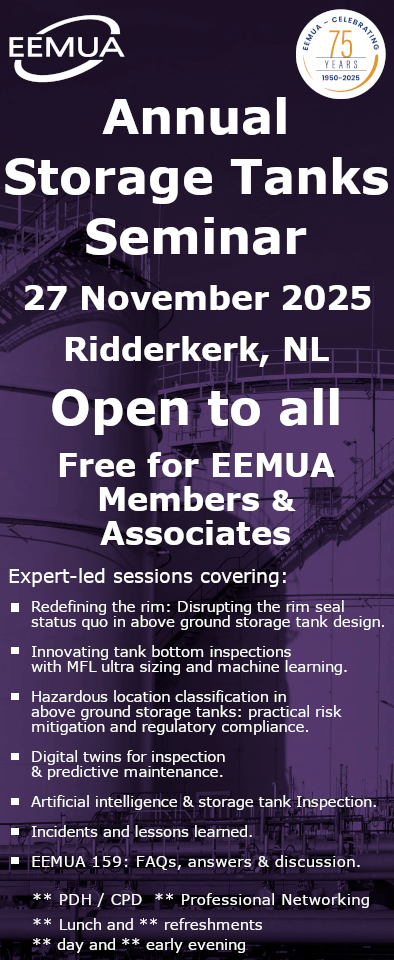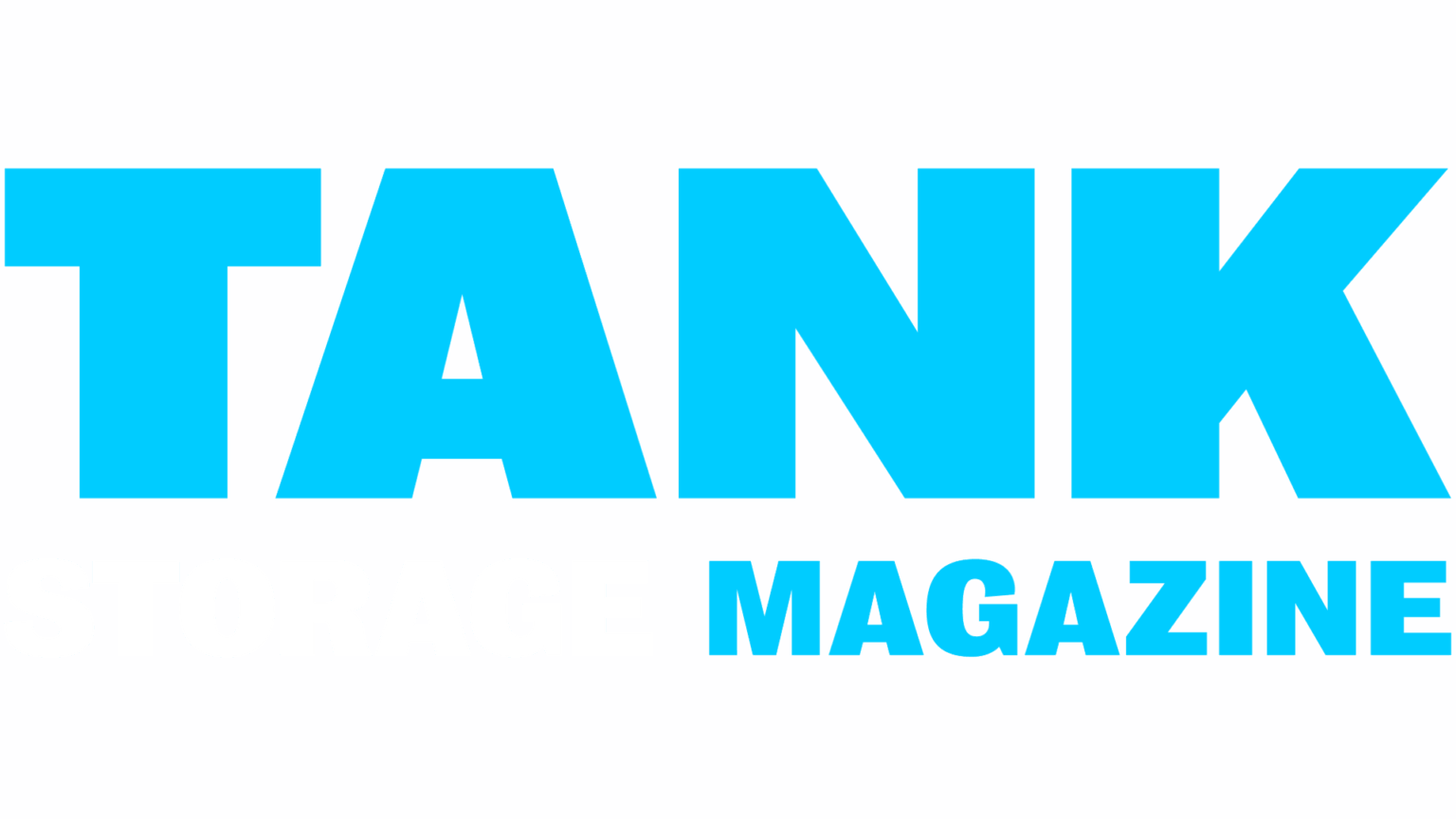The 2022 conference of the Federation of European Tank Storage Associations (FETSA) was held in Brussels, Belgium. The focus for this year was very much on the future of the industry and how it will be able to adapt for the energy transition. It included interesting talks, lively panel discussions and even an interactive session with a smartphone app.
FETSA chair Ulfert Cornelius welcomed attendees, noting that the last in-person meeting was in Tarragona in Spain in 2019, and that being back face-to-face would strengthen the networks. The tank storage sector is facing a number of challenges relating to the energy transition, but having previously been very conservative, has now pledged to invest €6 billion over the next five years to meet those challenges. The industry is changing in other ways too, including the ‘fundamental’ changes to supply routes as a result of Russia’s war on Ukraine and compulsory storage obligations in Europe.

TIME FOR CHANGE
The opening keynote was given by Tatiana Marquez Uriarte, Member of Cabinet in Charge of Energy Storage of the European Commission, representing Commissioner Kadri Simson. Marquez also referenced the double crisis Europe is currently facing with high prices and security of supply. However, Europe cannot simply replace Russian oil and gas with oil and gas from elsewhere. The European Green Deal means that energy efficiency and a switch to greener, more sustainable energy sources is vital. The switch will not come cheaply, with an estimated cost of €210 billion.
‘We can’t go back to where we were before Ukraine. We have entered into a new moment for energy supply and for Europe in the way we source our energy supplies,’ she said.
Within the next 10 years, Europe will need to source 240-45% of its energy from renewable sources. Electrification will account for some of the demand, but gas will still be necessary for some sectors, in which case the focus should be on biomethane and renewable hydrogen. By 2030, biomethane use will need to double to 35 billion m3. 5 million tonnes of renewable hydrogen will be produced, with a firther 20 million tonnes imported. This could cost €350-500 billion. The Commission has established a legal framework for a hydrogen market.
Before the invasion 45% of Europe’s gas came from Russia. EU sanctions mean this will stop. LNG from elsewhere could replace this and there has been a 36% increase in LNG imports in the past year, and with new LNG terminals announced, imports could reach 130-140 billion m3, although the uneven spread of terminals could hamper distribution and more infrastructure is needed. The Repower EU IT platform will help member states to buy together and more effectively use LNG and storage infrastructure, creating economies of scale. The EU Commission has proposed ensuring storage is 90% full by 1 November each year to ensure that the bloc has enough gas for the winter.
Clear objectives and clear timelines are necessary for success.
STORAGE OUTLOOK BY THE HCSS
Lucia van Geuns, an energy specialist at The Hague Centre for Strategic Studies (HCSS), was next to the podium, looking at the likely trends in the storage industry. Many of the trends will be influenced by decarbonisation and the route to net zero. Currently, we are not on this trajectory. A lot of power still comes from coal and gas. Energy policies should be a balance between security of supply, sustainability and affordability, but at present it is security and affordability that is being prioritised by governments and policies due to global volatility. The global oil supply is extremely tight and needs investment to keep going, but IEA data shows this is dropping. The EU is dependent on gas from Russia and replacing it will be extremely difficult as there is currently not enough LNG to meet demand, a problem compounded by problems in some export terminals, such as Freeport LNG in the US.
There are diverging long-term demand forecasts, undefined environmental, social and governance (ESG) policies and a supply deficit. All this adds up to a threat to energy security. Energy-related trade will change, but what moves will be made in terms of investment remains to be seen. The likes of ammonia and hydrogen are still in their infancy. Market and policy tools should be there to de-risk such investments.
HCSS reports for VOTOB and for FETSA, such as outlooks and scenarios. Van Geuns highlighted a number of report findings, including that the extent of the reduction of fossil fuel use in Europe to 2030 as a result of decarbonisation policies is uncertain, and that the tank storage industry will be vital to balance the remaining demand for fossil fuels with rising demand for greener alternatives. Towards 2050, the world is likely to become depend on the Middle East for energy, while critical minerals and technology for renewable energy generation will come from China. We will see a new geopolitical landscape and power politics related to such needs will emerge.

A MENTIMETER POLL
The next session, moderated by Michel Rademaker, co-founder of HCSS, was an interactive session reflecting on Lucia’s talk and HCSS’s work. A series of questions via the Mentimeter smartphone app asked questions of the audience and their opinions of aspects such as various policies and future energy sources. See Figures 1 and 2 for some of the findings. It was interesting to see how uniform some of the answers were, and how varied others were.

EUROPEAN TANK STORAGE IN TRANSITION
Irina Patrahau, a strategic analyst at HCSS looked at the challenges that the tank storage industry will face in the energy transition and how to solve that with multistakeholder alignments. She ran through three timelines presented in three reports – the current situation, the outlook to 2030, then to 2050.
She began by looking at the differences in the tank storage sector in different countries, for example, the UK is very dependent on shipping, while Antwerp-Rotterdam-Amsterdam (ARA) supports regional industry. Trade is vital to all so spare storage capacity is a strategic plan by companies. The Netherlands and Belgium are particularly important international trading hubs, but how will this evolve with the energy transition?
Looking towards 2030, it’s important to remember that what happens globally affects Europe. Consumption of crude oil and oil products e.g. gasoline and diesel will drop due to electrification of road transport. European refineries are declining, with lower investment and competition from the likes of China. Global production and consumption centres will shift as Europe moves away from oil. In Asia, production and consumption will go up, so new trade hubs will emerge. Lower production in Europe will lead to more imports, making storage more important. Europe is increasingly dependent on LNG and needs new infrastructure. Future fuels by 2030 will still not be dominant and there will need to be a balance between the demands of fossil fuels and new energies.
By 2050, we should be much further towards climate neutrality. China, India and Russia have made significant carbon pledges. Saudi Arabia and other Middle Eastern countries are investing in oil but have green hydrogen ambitions, and new players coming in such as North Africa and Latin America. This will lead to new dependencies on foreign countries, though it is hard to predict what and when. There are various emerging hydrogen forms including synthetic fuels, compressed hydrogen, liquid hydrogen, liquid organic hydrogen carriers (LOHC), ammonia, and methanol, and while there is some infrastructure there it is insufficient. The energy density lower so we will need more of these products to produce the same amount of energy as fossil, and more storage will be needed.
“Over the next couple of decades, the balancing act between the new system and the old system will become increasingly important,’ said Patrahau adding that everyone will need to cooperate.
REFLECTING ON THE REPORTS
Willem Henk Streekstra from VOTOB, An Maes from BATO, Salvador Guillen from ATliq and Peter Davidson from the Tank Storage Association (TSA), then reflected on the findings of the HCSS report.
Streekstra said that with current liquids and new liquids, there is a lot of opportunity, but the question is how can the sector anticipate this? As a whole, the tank storage industry should be more involved in politics and policies, and more active in the public sector. This will improve stability for industry players and investors and offer value for society.
Guillen agreed that there are decisions to be made around potential opportunities for the likes of LNG and hydrogen and its derivatives. LNG plants are needed to replace Russian gas, but connectivity is a problem. Spain, for example, has six LNG plants but there is a lack of capacity for interconnections.
Davidson highlight the necessity for the UK to work collaboratively with the EU as it is facing the same challenges as EU. He believes that energy strategy as a whole is quite poor, with a lot of silo working in government departments and new policy proposals seemingly every six months. The UK has well developed hydrogen projects in the north of England but these will need CCS, bringing additional challenges, while he repeated the concerns of others about which form of hydrogen or carrier to prepare for. Ammonia, for example, can be extremely dangerous.
Maes said that there is a real need for a technically neutral policy covering all forms of hydrogen, rather than just green hydrogen, the necessary volume of which is not achievable by 2030.
Other points made included the need for more storage capacity, the need to keep the trade function of Europe, the difficulties of electricity storage and the rising trend of circularity, such as plastic recycling and waste-to-power plants.
‘Don’t take your eye off hydrocarbons – fuels will still be needed for many years to come,’ Davidson cautioned.
DISCUSSING THE CRITICAL AREAS
The final main session of the day was a panel discussion on the critical areas of hydrogen, strategic autonomy, strategic storage, and investments, moderated by Bhatiani. Joaquim Nunes De Almeida, director for mobility & energy intensive industries, DG Grow, European Commission, first gave an introduction.
A major challenge for the energy transition is raw materials. Rare earths are indispensable and China holds a near global monopoly. 78% of lithium comes from Chile. 68% of cobalt comes from the Democratic Republic of Congo. South Africa and Russia account for 85% of platinum group metals. 93% of bismuth, vital for medical applications and animal feed, comes from China. We can’t decarbonise Europe without these materials and demand will at least double by 2030 and could increase tenfold by 2500. We have been relying on a world market but we are now seeing the risks of that.
There are three options to tackle this problem: –
- Diversify international partnerships, stimulating mining projects elsewhere
- Recycling – much more could be done to extract materials from end-of-life goods
- More mining in Europe – Europe is not resource rich but it is also not resource poor.
The European Commission is tendering legislation on critical raw materials, which will send an important political signal. It may bring about the necessity to stockpile based on market conditions.
There is a cognitive dissonance in Europe between the need to mine to meet climate change targets and campaigning by the green sector against mining. Recycling, however, will not be enough so extraction is still necessary. There is a conflict of environmental priorities and negative public opinion affects it.
Jose Rivas, a partner at legal firm Bird & Bird and a specialist in competition law, discussed legal pitfalls for attendees. Competition law affects such things as collaboration, merger control, and state aid and control of subsidies. This is a specific area of European competition law.
Irene Bonetti, the owner of Carmagnani Terminals in Genoa, Italy, spoke next. The terminal opened in 1904 for gasoline, then switched to chemicals and is now a solvents terminal, facing the energy transition. It forms part of a cluster of 60 companies dealing with logistics and infrastructure. It is important for these companies to face the energy transition together or it will be absolutely impossible. Lots of terminals have been investing for many years but everything has changed and increases in prices of energy and raw materials makes it harder. Companies need to be resilient for change.
Bruno Hayem, CEO of Rubis Terminal, one of the top five storage operators in Europe, agreed that the future is complex, changing, and uncertain. – European storage operator present in four companies. Rubis is already adapting for the energy transition, including storing biofuels and feedstocks. Another challenge is to get young people to join what is seen as a dying industry, as is getting permits to develop the business. Companies must pick the right future and communicate with all the stakeholders.
‘There is no defined roadmap but we should continue our business, we should adapt and we should be a key player for the future,’ he said.

PART OF THE SOLUTION
In his closing remarks, Cornelius referred to one of the questions in the Mentimeter poll – ‘Do you perceive that the important stakeholders have an informed view?’
‘The answer was very negative,’ he said. ‘We should not complain, but look at what we can do to improve it. Policymakers need to join us. FETSA and its members want to be part of the solution and we will be part of the solution.’












